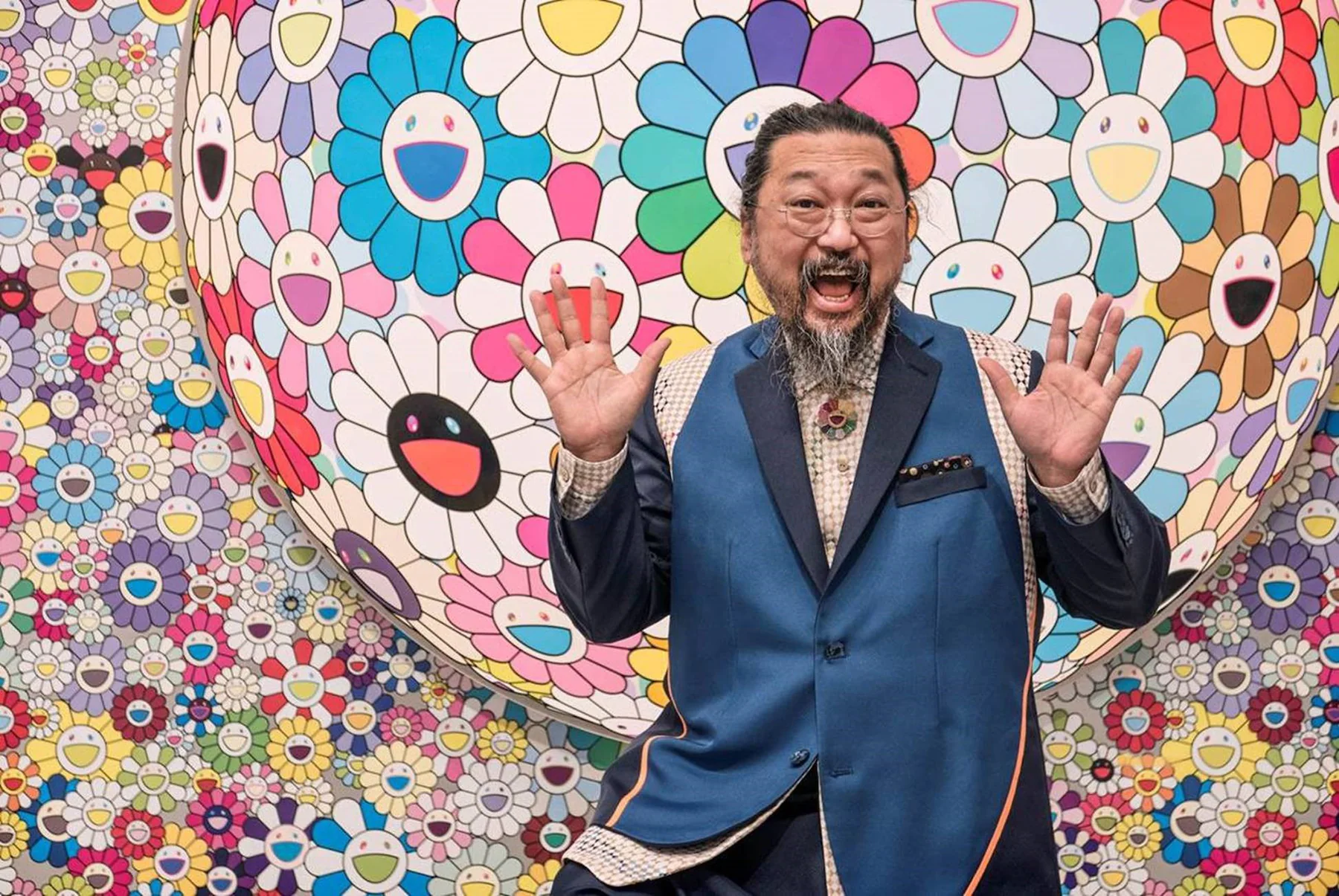Remember the NFT gravy train? We do.
The year is 2020. We are all cramped inside our homes.
Picture this. You just received a notification that your pho order is ready for pickup. As you rush out the door for your fix of your dopamine-filled IRL experience, your neighbor John trails you. Months before, he would have been happy to exchange small talk in the elevator with you. This time? He avoids getting on with you. As the steel grey elevator door closes, and the ground floor button light flashes, you notice this nutcase has a plastic shield face cover engulfing his face.
“What is life right now?” you think.
As you inch closer to the exit door of your building lobby, you see your front desk security man, Larry, in street clothes, eyes BEAMING. Smiling excitedly, after a brief conversation with the building manager, you close the distance between you and the security guard. “What’s going on, Larry?” you ask. (Someone who just got fired should not be smiling this much, especially in the middle of a pandemic! you think). Larry looks at me proudly and says,” I just sold a Bored Ape for eighty-seven thousand dollars; today is my last day working here.”
Conversations such as this were commonplace during this bizarro world timeline.
If you are not familiar with NFTs, you might be asking, “What the hell is an NFT?“
NFTs, or non-fungible tokens, are unique digital assets stored on the blockchain, which signify ownership or authenticity of a specific item. They differ from cryptocurrencies like Bitcoin (BTC-USD) in that they are indivisible and irreplaceable. Their uniqueness gave them value, especially in the world of digital art, music, collectibles, and gaming (via yahoo finance)
During the height of the global pandemic and NFT craze, Brands such as Nivea, Estée Lauder, and the iconic Karl Lagerfeld all released NFTs.
A notable success story from NFTs is Tory Lanez, the Toronto singer sold 1 million copies of his album “When it’s Dark” in less than 1 minute.
The energy around the impact of NFTs and the future of the creator economy was intense, reaching the apex of thought leaders, even forcing the infamous Elon Musk, who berated the entire utility of NFTs and eventually teased selling an NFT song about NFTs.
Today?
Takashai Murakami is being bombarded with negative comments about his AI NFT card collection “108 Flowers.”
Although we cannot confirm if the legendary artist responsible for Kanye West’s iconic “Graduation” album cover used AI to create his recent or past NFTs, it is impossible to observe the obvious.
People are craving tactile, TANGIBLE experiences. People are craving connections and authenticity. Soulless money grabs are profitable in the short term, but the long-term effects could outweigh the gains. We are seeing once idolized icons become memes in real time, despite the people behind the work contributing to our escapism from life’s downs.
Countless industry insiders sold hundreds of thousands of courses a swore to every deity known to man how NFTs were the savior of fashion. Fast forward to the present day, and what has actually progressed due to NFTs? nada.
Nothing.
Crickets.
Is this is sign of the end of an era?
I







